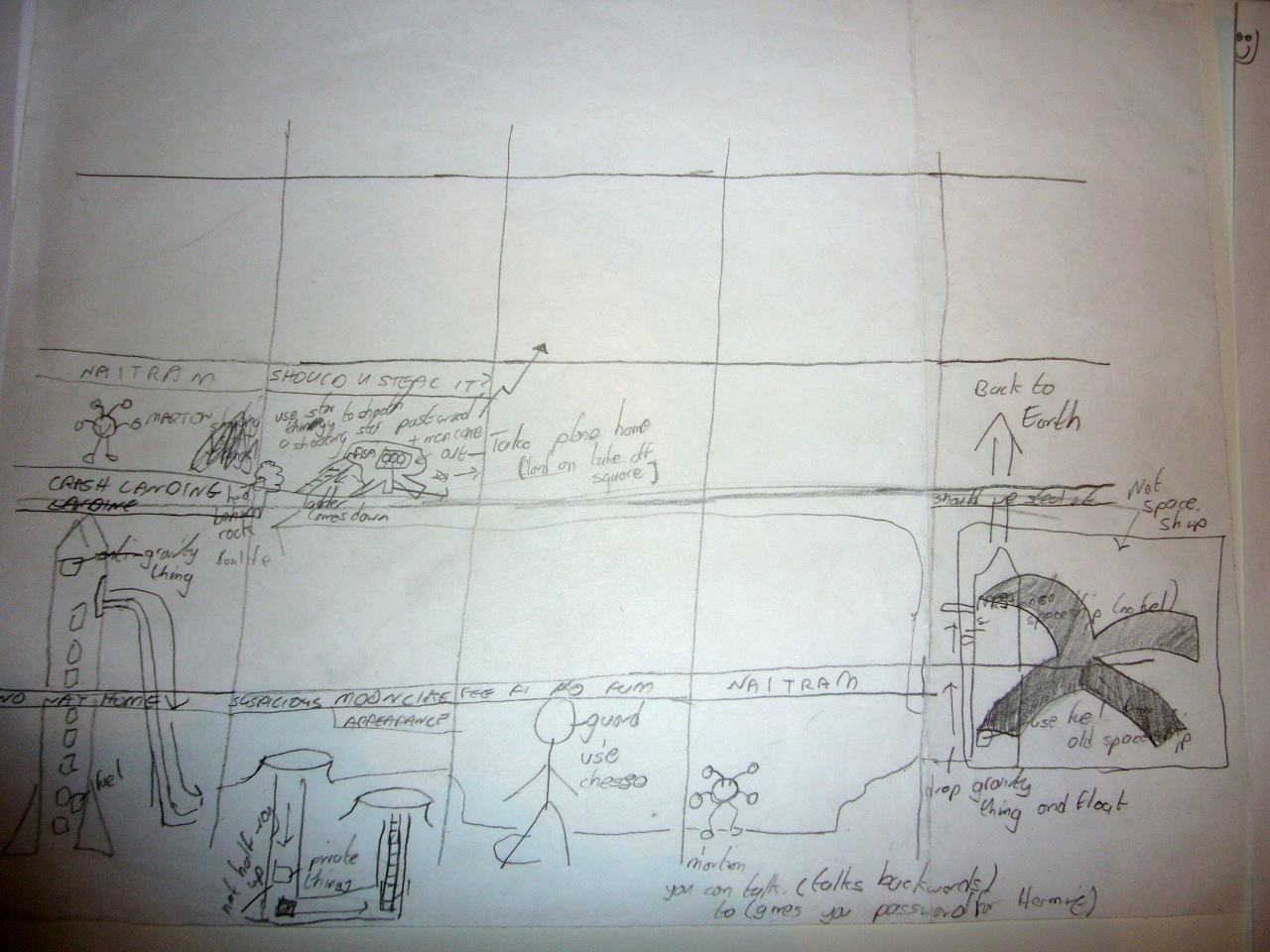
There are indie game teams out there who think creating a design document would be a waste of their precious and limited time. This idea comes from the assumption that only AAA games being developed by big-budget studios with hundreds of staff need a GDD.
However, we’d like to share with you a few reasons why every team should consider documenting everything in detail. Even if it’s only two people making a simple smartphone game, taking the time to whip up a GDD will not only prove beneficial in the long run, but will also help avoid a few mistakes along the way to launch.
A Game Design Document…
…Keeps The Team Organized
Considering how complex making a game tends to be, most experienced developers find the idea of not having a GDD absurd. From game mechanics and descriptions, to various lists and other details, there is an incredible amount of information to work through.
With a GDD you’ll have all of this in a place in which any team member can look at it, revise, and build upon the information without going crazy from confusion. No one will run around asking questions like “What features are still in the game?”, “Which gameplay elements were cut?”, and “What new ideas are being added?”
…Keeps Everyone On The Same Page
Throughout development it’s easy for different team members to start coming up with various ideas they’d like to implement. One doesn’t have to look far to see a few examples of AAA games that started as one thing and ended up something else, which more often than not results in a bad game.
Avoid this by creating a GDD to serve as the core of your game, and remind everyone of the planned scope of the gameplay and world. Having all this information in one place will also make it easier for various people in the team to offer better ideas, make known when a certain element can be improved or should be removed, and so on.
…Compare Ideas And Catch Problems Early
Going off the last point, having a GDD makes it easier for everyone in the team to study everything that is planned for the game. This means that when someone comes up with a new mechanic that clashes with the overall gameplay, teammates will be able to easily identify it and avoid problems later on.
Having the team’s head wrapped around the GDD will also help smooth out any unexpected bumps in game development. It might be because of how the game is coded, or possibly the decision to change directions was made. Whatever the reason may be, the team has to make some big choices and will have an easier time if everyone is familiar with the current design thanks to a well-written GDD.
…Is A Goldmine For PR and Marketing
Rarely does a game become successful without a strong marketing push to get gamers’ attentions. When the time comes for your game, you’ll have tons of descriptions to use that perfectly convey what your title is all about. You may have to spice them up a bit, but it’s better than starting from scratch.
This will of course be even handier if you plan to go the crowdsourcing route to fund your game’s development. Having good PR material, an excellent Kickstarter page, and catchy lines that describe your game in a nutshell will be vital for convincing others to provide their cash so you can develop the game
…Keeps Everyone Motivated And On Track
A GDD is a good way to set goals for the team and allow everyone to stay excited by catching a glimpse of what the game will be at the end. Since it’s easy for a team to lose that initial enthusiasm a good ways into development, the GDD will keep motivation levels high.
At the same time, documenting everything with a deadline in mind can also help a team work more efficiently. This may sound annoying to the indie devs who left their studio jobs to avoid that 9-to-5 lifestyle, but not having goals to meet throughout development can cause fatigue, especially if the game will take a long time to make.
